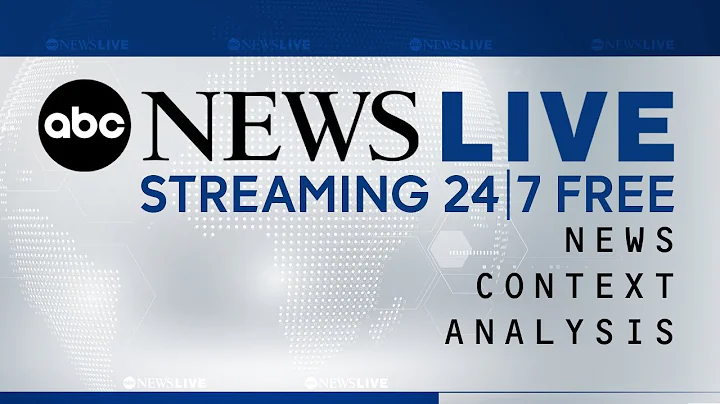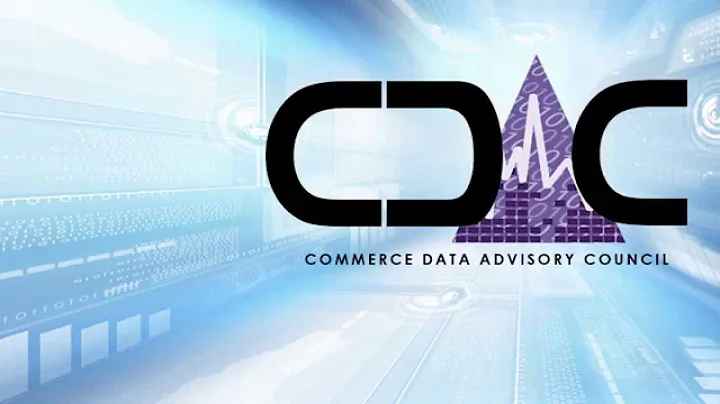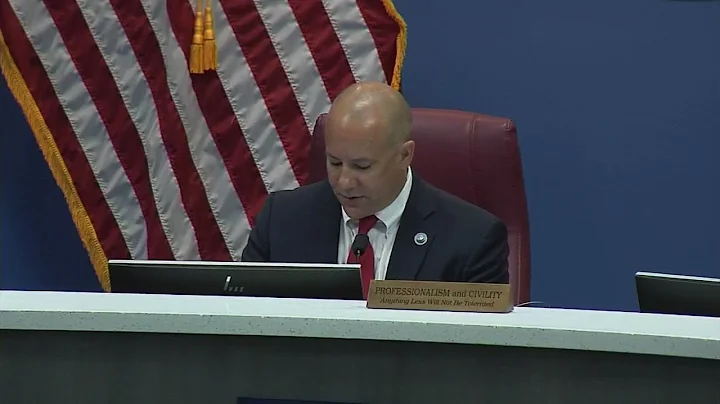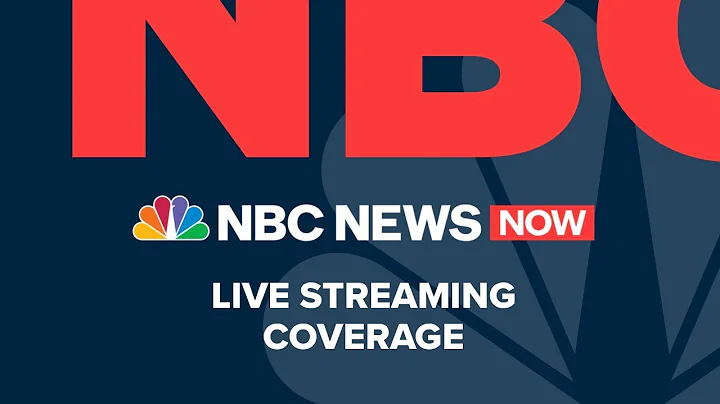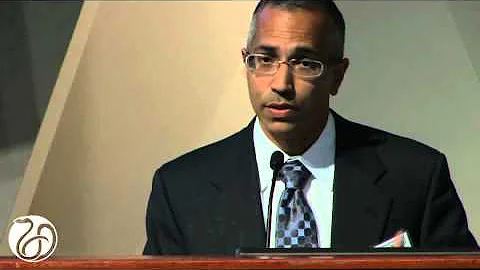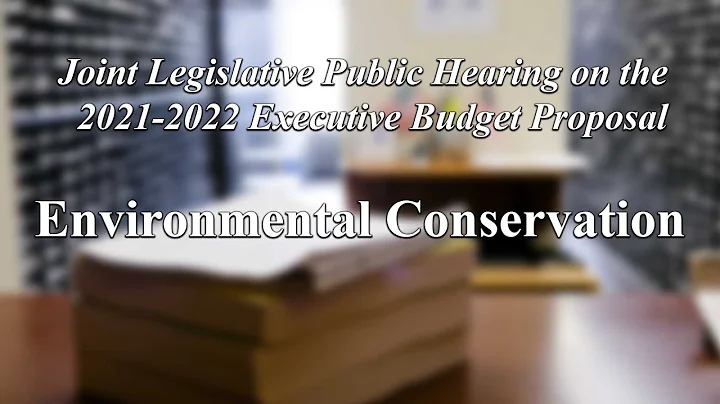

html Since 44 months, the Party Central Committee and the State Council have been implementing the large-scale value-added tax excess tax refund policy to relieve the difficulties of various market entities and provide "timely rain" for the development of a large number of enterprises. At the same time, local tax authorities, in conjunction with public security and other departments, have intensively investigated and reported cases of fraudulently obtaining excess tax refunds. As of mid-June, more than 300 cases have been reported, sending a strong signal to quickly investigate and deal with such illegal and criminal activities. Corporate taxpayers must clearly understand the situation, deeply understand the policy content, strictly follow the regulations to standardize the tax refund behavior, and pay attention to the reported cases to investigate risks.
1. Problems that need to be recognized
Judging from the reported cases, there are currently two main types of situations to fraudulently obtain excess tax refunds: one is to falsely increase the amount of input tax, which the notice describes as "falsely increasing the amount of input tax and making false declarations"; the other is to falsely increase the input tax amount and make false declarations; The categories are underdeclaring income and paying less output tax . The notice describes it as "concealing sales income, reducing output tax, and making false declarations." Among them, there are several situations where the input tax amount is falsely increased. There are cases where the input tax amount is falsely increased by obtaining special VAT invoices, there are cases where the input tax amount is falsely increased by affiliated business, and there are cases where the input tax amount is not transferred out in accordance with the regulations and the input tax amount is falsely increased. .
In other words, the risk for enterprises to apply for tax refunds comes from either the incorrect input tax on the purchase side or the false reduction of the output tax on the sales side. This is determined by the formation of the value-added tax retained tax credit . The enterprise's retained tax credit is the input tax minus the output tax. If the input tax is greater than the output tax, the retained tax will be formed. The input tax is artificially expanded or the output tax is reduced. , will lead to an incorrect amount of retained tax credit. If an enterprise applies for a tax refund when the amount of excess tax credit is false, it will inevitably lead to fraudulent use of the tax credit.
According to public information, the tax department generally adopts several methods to deal with enterprises that have obtained excess tax refunds in non-compliance:
For those who have not subjectively or intentionally obtained excess tax refunds in violation of regulations, they will be interviewed and reminded to require them to return the excess tax. The amount of retained tax should be rectified, and the corresponding accounting calculations should be rectified, and taxes and late payment fees should be paid in accordance with the law.
For those who use deception and conspiracy to maliciously obtain a refund of the excess tax credit, including falsely increasing the amount of input tax and falsely reducing the amount of output tax, the law requires them to refund the excess tax credit and falsely increase the amount of input tax or falsely reduce the amount of output tax. Any tax amount that results in underpayment of value-added tax, surcharges, and corporate income tax is deemed as tax evasion, and the underpayment of tax, late payment fees, and penalties will be recovered, and the tax credit rating will be reduced to level D.
Anyone suspected of committing a crime by falsely issuing special VAT invoices or general invoices shall be handed over to the judicial authorities for criminal liability. Those who have repeatedly evaded taxes or who refuse to accept the tax authorities' handling after being found guilty of tax evasion shall be transferred to the judicial authorities in accordance with the law to pursue criminal liability for the crime of tax evasion.
It can be seen from this that the relevant departments will severely punish the behavior of fraudulently obtaining the tax refund.
2. Prevent risks from several aspects
Enterprises must strictly follow the regulations to apply for the dividends of the excess tax refund policy. In order to avoid risks, they must always pay attention to legal compliance when obtaining input invoices, processing income confirmation and other tax-related businesses. Specifically, they can start from several aspects. Start self-examination:
First, see if there is any untrue input tax at the purchasing end.
Mainly check: whether the special value-added tax invoice used to deduct the input tax is true and legal. For example, check whether the issuing unit of the invoice is consistent with the payee unit, whether the goods recorded on the face of the invoice are consistent with the actual goods entered into the warehouse, whether the transaction amount recorded on the face of the invoice is consistent with the actual payment amount, and whether other items on the face of the invoice are completed and consistent with the actual situation.
Whether the transportation invoice used to deduct input tax is true and legal. If the input tax used for non-VAT taxable items, VAT-exempt items, collective welfare and personal consumption, and freight unrelated to the production and operation of the enterprise cannot be deducted, has the relevant input tax been eliminated accordingly according to regulations?
Is it true and legal to issue a unified invoice for purchasing agricultural products to deduct input tax?For example, whether non- tax-free agricultural products are issued as tax-free agricultural products; whether there are inflated quantities, unit prices, etc.
Whether the types and quantities of imported goods recorded in the special customs import value-added tax payment document used to deduct input tax are true and legal and match actual production.
Whether the various rebate income obtained from suppliers and linked to the sales volume of goods and sales have offset the input tax of the current period, and whether the rebates have been linked to other accounts payable, other receivables and other current accounts or offset Operating expenses, without transferring input tax out of .
In the event of returns or sales discounts, whether the input tax has been transferred out according to regulations, whether items that should not be deducted as input tax have been eliminated, etc.
Second, it depends on whether the sales tax is falsely reduced.
It mainly depends on several aspects: whether the sales revenue is completely and timely accounted for, including cash and uninvoiced income, whether the barter and goods used to offset debts are accounted for according to regulations; sales Whether the income is not transferred to the account for a long time; whether the sales revenue is used to directly offset expenses; whether the deemed sales behavior accrues output tax in accordance with the regulations, etc. Whether non-compliant red-letter invoices have been issued to offset taxable income, and whether various extra-price fees collected from buyers are recorded as sales revenue. For taxpayers who have more than two institutions and implement unified accounting, if goods are transferred from one institution to other institutions (not in the same county or city) for sale, whether they will be treated as sales. For taxpayers who are also engaged in the sale of goods, labor services, services, intangible assets or real estate, if different tax rates or tax rates are applicable, whether the sales to which different tax rates or tax rates are applicable shall be calculated separately in accordance with regulations. Whether the VAT is paid when purchasing goods on behalf of others or importing goods on behalf of an agent that is subject to VAT in accordance with the VAT Law. And whether the scope of tax exemption has been expanded without authorization, whether the time for recognizing income is correct, etc.
Third, check whether it is a type of enterprise that can apply for a refund of excess tax credits.
Enterprises that can apply for tax refund are divided into two types, one is small or micro enterprises, and the other is enterprises in specific industries, including 13 industries such as "manufacturing" and "scientific research and technical services". The identification standard is that the sales volume of the corresponding business accounts for more than 50% of the company's total sales. Therefore, enterprises should avoid the following risks: medium-sized enterprises underreport their operating income and apply for the tax credit refund as a small enterprise; artificially change the structure of operating income and pretend that enterprises in industries not covered by the tax credit refund policy are applied for as designated industry enterprises Handle retained tax refund.
Fourth, prevent related transactions without reasonable business purposes.
In reality, there are enterprises that do not meet the conditions for VAT refund but have a balance of VAT. They conduct transactions without commercial purposes with affiliated enterprises that meet the conditions for VAT refund and falsely issue special VAT invoices, allowing the affiliated enterprises to obtain Refund of excess tax credits; enterprises that are eligible for VAT tax incentives such as VAT refund after collection or collection first and refund later, falsely issue special VAT invoices to downstream affiliated enterprises, allowing the latter to obtain refunds of excess tax credits. These are illegal activities that the tax department cracks down on and cannot be touched. The article
was first published in the B3 headline of China Tax News on June 28, 2022, in the Rule of Law Roundtable column.
Author of this article:

Yi Ming, consultant of Deheng Beijing Office, Secretary General of Tax Law Service and Research Center, Director of the Fiscal and Taxation Law Research Association of China Law Society, Director of the Beijing Financial and Fiscal and Taxation Law Research Association, and writer of " China Tax News " . Twenty years of working experience in China’s tax authorities, long-term hosting of tax administrative reconsideration and administrative litigation cases, legality review of normative documents, participation in the trial and research of major, complex and difficult cases, twice awarded provincial and ministerial honors, familiar with tax laws and regulations administrative law is good at properly resolving tax-related disputes and other complex and difficult tax law issues.
Statement:
This article was originally created by a lawyer from DeHeng Law Firm. It only represents the author’s own views and should not be regarded as a formal legal opinion or suggestion issued by DeHeng Law Firm or its lawyers. If you wish to reprint or quote any content of this article, please indicate the source.
